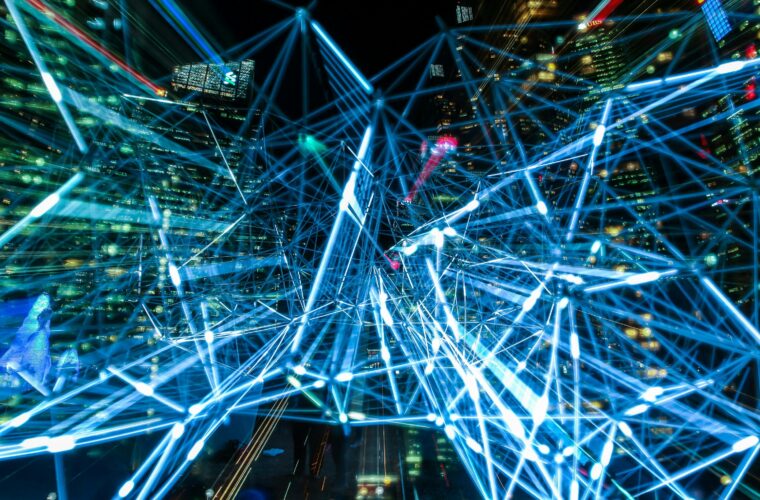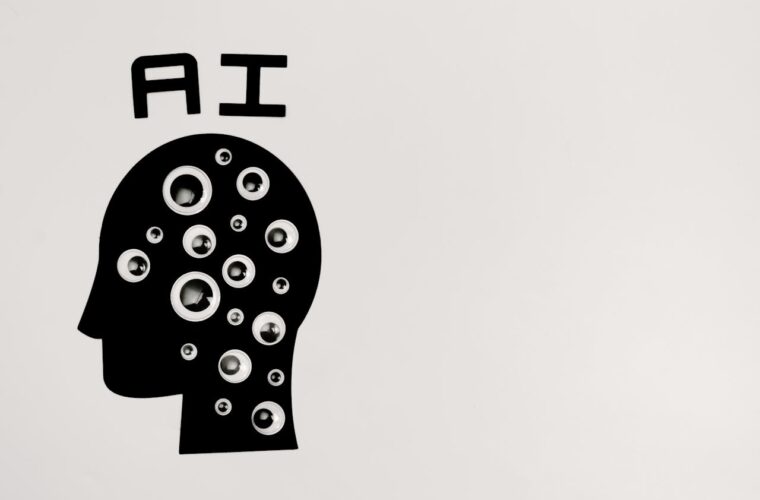This year, we have seen hundreds of fires spiral out of control from Italy to Greece. “Accidents” like these have to be managed at the best because they get worse and more frequent, almost everywhere. Faced with this threat, the authorities are also trying to figure out how to move, thanks to technology, for example, by targeting Berlin-based Dryad Networks, a startup that, by leveraging AI and IoT, hopes to reduce fire detection times from several hours to minutes, giving firefighters time to respond more effectively. “Today we still rely heavily on human sightings to detect fires. But by the time anyone sees a fire burning, it’s already late,” Dryad CEO Carsten Brinkschulte told TNW. “The message we get over and over again is that when it comes to firefighting, timing is everything.”
Dryad has developed a series of technologies installed in a forest to detect fires before they spread: an “Internet of trees” or something like that. Unlike conventional tools like satellites, cameras and watchtowers, Dryad’s network doesn’t need to see a fire to know it’s there. Solar-powered sensors, placed about one per hectare in the forest undergrowth, detect fires in their early burning stage by ‘sniffing’ telltale gases such as hydrogen and carbon monoxide in microscopic quantities.
Dryad
They also monitor temperature, humidity, and air pressure. Dryad Networks has developed Silvanet, a suite of products that detect fires during their ember phase. This means they can be identified within the first hour or even within the first 30 minutes, thanks to highly accurate gas sensors capable of detecting gases such as hydrogen and carbon dioxide with a sensitivity of parts per million (PPM). Carsten Brinkschulte, CEO and co-founder of Dryad, stressed the importance of early intervention: “We have to alert the firefighters as soon as possible. The fire must still be small when they arrive at the scene. It makes no sense to warn them when the fire has already reached the size of a football field”.

How does it work
Silvanet is a sort of “ecosystem” of elements that interact with each other to achieve the goal of tackling forest fires. Sensors powered by solar energy and equipped with integrated AI measure various gases, temperature, humidity, and air pressure. These sensor nodes connect to Silvanet gateways using LoRa, a long-range radio network. The sensor AI is constantly being trained to recognize the specific smell of a fire in each forest. Distributed mesh gateways support a wide range of compatible sensors, enabling large-scale deployment of sensor networks in any type of forest. Cloud-based tools enable analysis, monitoring and alerting.
A built-in machine learning algorithm continuously trains the sensors for the specific smell of the forest they are in. This is essential so that the sensors can, for example, distinguish between the smoke emanating from a nearby diesel truck and a real bushfire. If the sensors detect a fire, they send an alert to a so-called mesh gateway, which acts like a network router, sending data from the sensor to a larger border gateway.
These gateways are located at the forest’s edge where higher bandwidth connections, such as 4G or satellite, can be accessed. Border gateways transmit potentially life-saving information directly to firefighters, who can interpret the data on a cloud platform. Founded in 2020, Dryad has raised €14.5 million in funding and employs around 44 people from its headquarters in Brandenburg, Germany. The startup has already sold 10,000 sensors last year, mainly to utilities and municipalities in southern Europe, Canada, and the United States. An experiment is currently underway in the heart of the Eberswalde Forest northeast of Berlin, a fire hotspot in the country. More than 400 sensors have been installed in the area.



